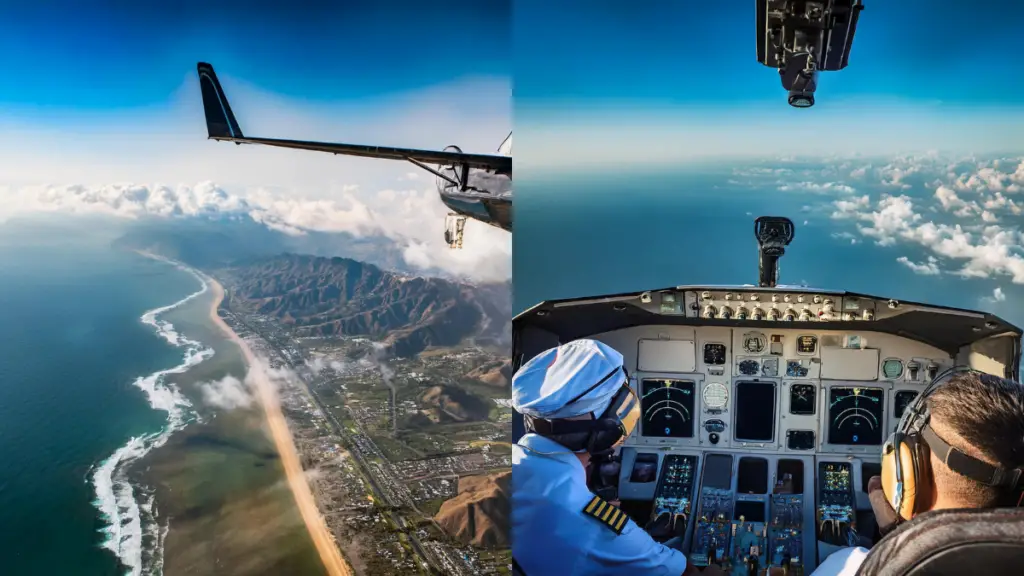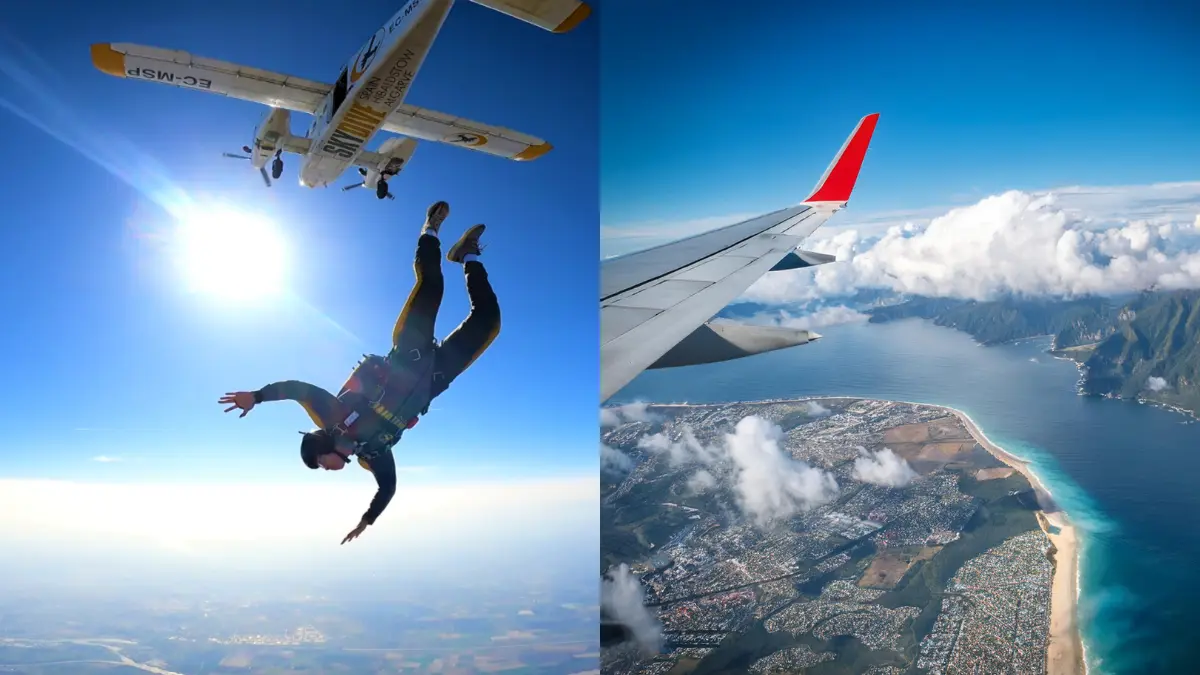Discover the vital role of jump pilots in skydiving, their daily tasks, challenges, safety protocols, and learn How Many Hours Do Jump Pilots Fly a Month on average.
Introduction
Skydiving is an exhilarating sport that attracts thrill-seekers from all around the world. While much of the focus is on the freefall, there’s an equally important component to the experience: the flight to altitude. Have you ever wondered who gets you to that height safely? That’s where the jump pilot comes in. How many hours do jump pilots fly a month? This question sheds light on the behind-the-scenes work of these critical team members, who ensure every skydiver has a smooth, safe ascent before they jump out of the plane.
What Is a Jump Pilot?
A jump pilot is a specially trained pilot responsible for flying aircraft carrying skydivers to jump altitude. These flights, often referred to as “loads,” involve the pilot climbing to a specific height, opening the door for the jumpers, and then safely returning the aircraft to the ground. The role of the jump pilot is essential in the skydiving process, as they not only fly the plane but also help ensure that everything goes smoothly from takeoff to landing.
The Day-to-Day Life of a Jump Pilot
The daily routine of a jump pilot involves more than just flying. From pre-flight inspections to monitoring weather conditions and communicating with skydivers, their day is packed with responsibilities. They are typically among the first to arrive at the drop zone, checking the aircraft for safety and ensuring that it is ready for the day’s jumps. Throughout the day, they coordinate with the skydivers, ensuring that each flight goes according to plan.
How Many Hours Do Jump Pilots Fly a Month?

So, how many hours do jump pilots fly a month? The answer varies depending on the season and location. On average, jump pilots may fly between 50 to 100 hours a month. This number can fluctuate significantly during busy periods, such as weekends and summer months, when more people go skydiving. In contrast, during the off-season or in locations with harsher weather, the monthly flight hours can decrease.
Challenges Faced by Jump Pilots
Being a jump pilot isn’t without its challenges. One of the most unpredictable elements they face is the weather. Strong winds, storms, and visibility issues can all complicate flights, sometimes leading to delays or cancellations. Additionally, jump pilots must make critical decisions on the fly, such as determining the safest altitude and managing emergencies.
Flying at Different Altitudes
Jump pilots are responsible for climbing to specific altitudes based on the type of jump being performed. A standard skydive might require the plane to ascend to around 10,000 to 14,000 feet. However, for higher jumps, such as HALO (High Altitude Low Opening) jumps, pilots may need to climb to altitudes of 18,000 feet or more. The ability to precisely control the ascent and timing of each jump is a key skill for jump pilots.
Skydiving Aircraft: The Tools of the Trade
Skydiving aircraft vary in size and capacity. Some of the most common planes used include the Cessna 182, Caravan, and Twin Otter. Jump pilots must be adept at flying different types of aircraft, each with its unique characteristics. They are also responsible for managing the aircraft’s load, ensuring that it can safely carry the required number of jumpers while maintaining optimal performance.
The Importance of Communication

Effective communication is vital in the skydiving world. Jump pilots must communicate clearly with the jumpers on board, ensuring everyone knows the plan for the flight. They relay important information about the altitude, weather conditions, and any potential issues that could affect the jump. Establishing trust between the pilot and the skydivers is crucial, as both parties rely on each other to ensure a successful flight and jump.
Safety First: The Role of Jump Pilots in Skydiving Safety
Jump pilots are the guardians of safety in the air. They are trained to handle a variety of emergency scenarios, from equipment malfunctions to engine failures. In the event of an issue, the pilot must act quickly to ensure the safety of everyone on board. This includes guiding the aircraft back to the ground or coordinating an emergency jump if necessary.
Jump Pilots and Fatigue Management
Flying for extended periods can lead to fatigue, which can impair a pilot’s ability to make quick decisions. Jump pilots, who often fly multiple loads in a single day, must be conscious of this and take steps to manage their energy levels. Adequate rest, hydration, and nutrition are essential to maintaining alertness during long flying days.
How Weather Affects Jump Pilots Flight Hours
Weather plays a significant role in determining how many flights a jump pilot can complete in a day. Poor weather conditions, such as low clouds or high winds, can delay flights or cancel jumps altogether. This directly impacts the number of hours a jump pilot can fly each month. During favorable weather periods, pilots can fly several loads in a day, but in bad weather, they may be grounded for days at a time.
Jump Pilot Certification and Training
Becoming a jump pilot requires specialized training. In addition to a commercial pilot’s license, jump pilots often undergo specific training for skydiving operations, including how to handle the unique demands of flying jump planes. Continuous training is also essential to keep their skills sharp and stay up-to-date with safety protocols.
The Unsung Heroes of Skydiving
While skydivers get the glory of the freefall, jump pilots are often the unsung heroes of the sport. They work behind the scenes to ensure every jump goes off without a hitch, making them indispensable to the skydiving community. By building relationships with the jumpers and understanding their needs, jump pilots contribute to the overall success and safety of each skydive.
The Future of Jump Pilots
With advancements in aviation technology, the role of jump pilots may evolve in the coming years. New aircraft designs and automation could change how jump pilots operate. However, the human element the judgment, communication, and adaptability of a jump pilot will remain crucial to the sport.
Conclusion
Jump pilots are essential to the skydiving experience, and their role goes far beyond simply flying a plane. From ensuring safety to building trust with jumpers, these pilots are the backbone of every skydive. While their work often goes

